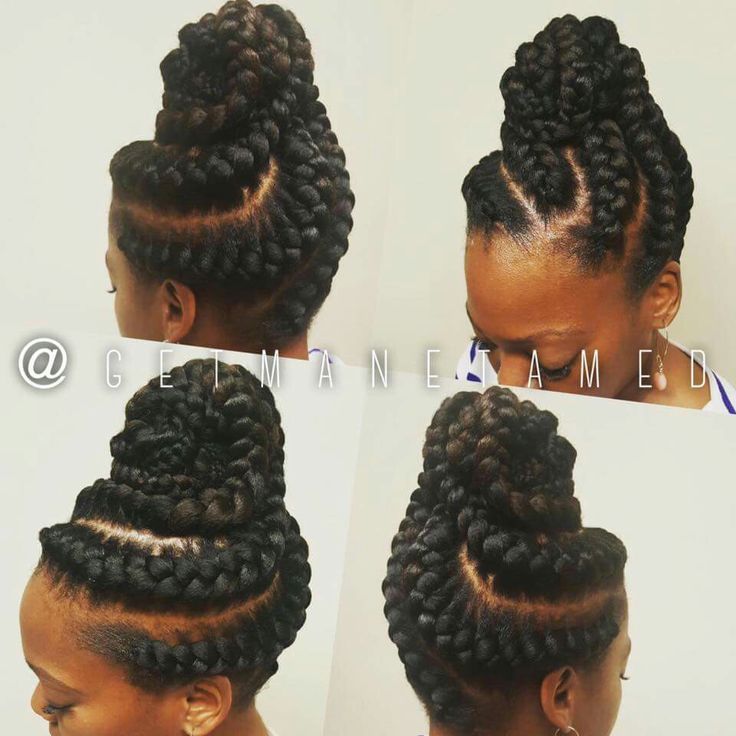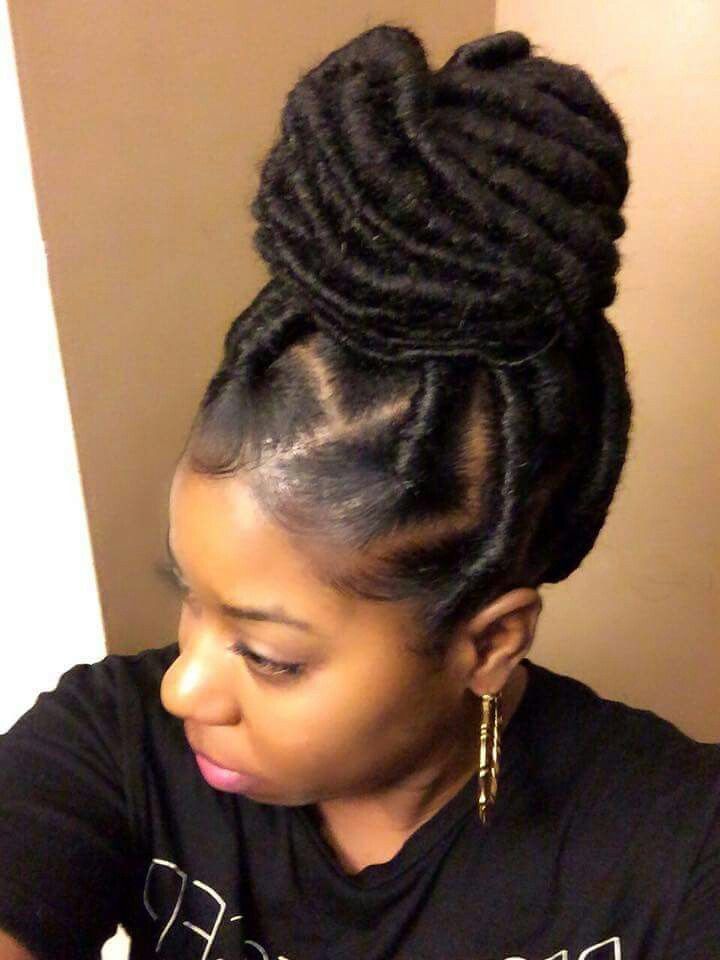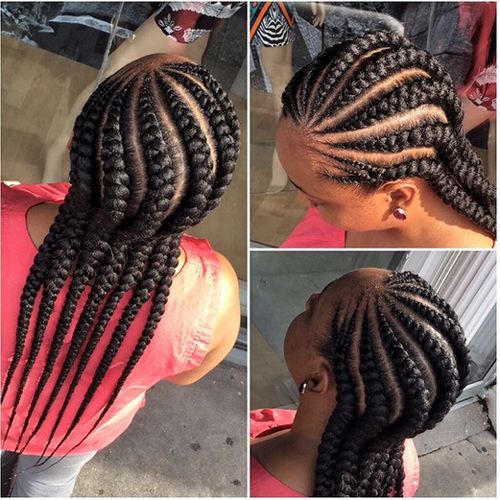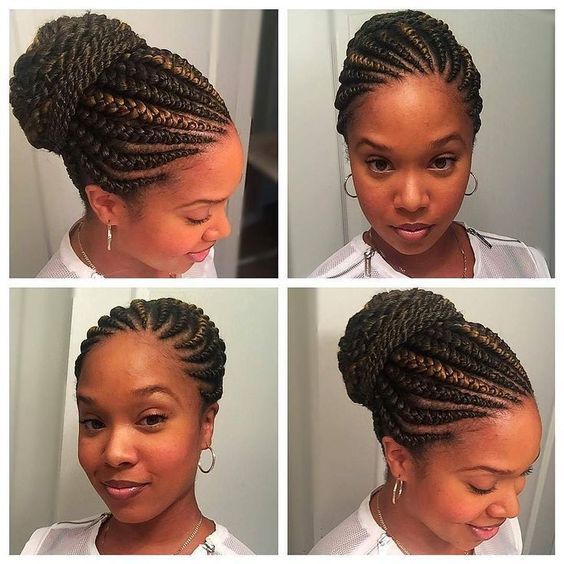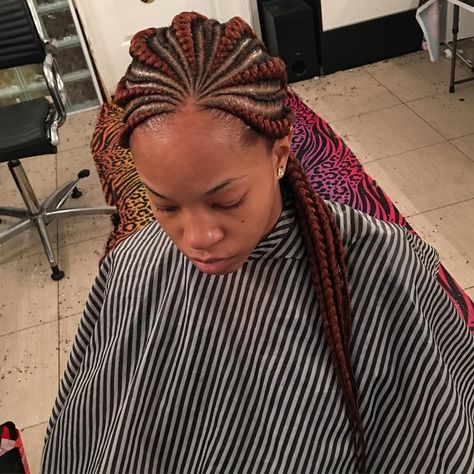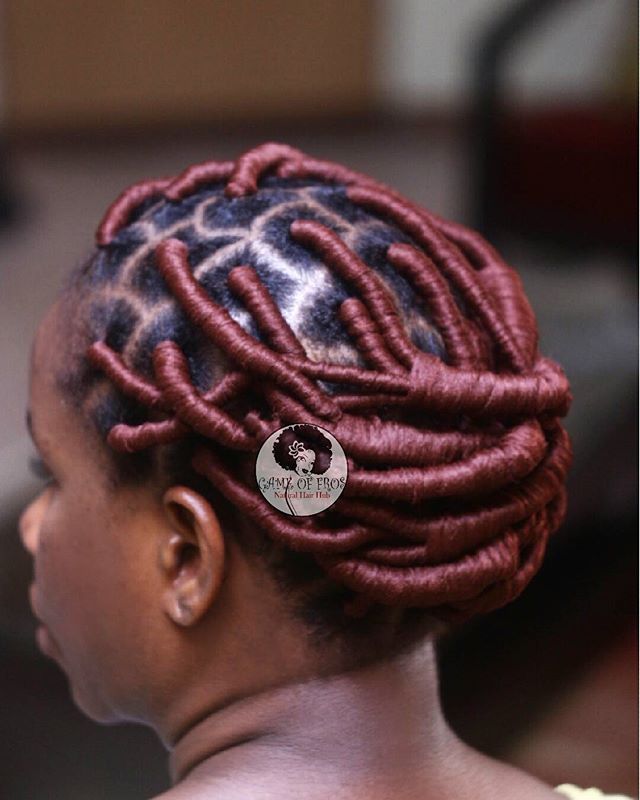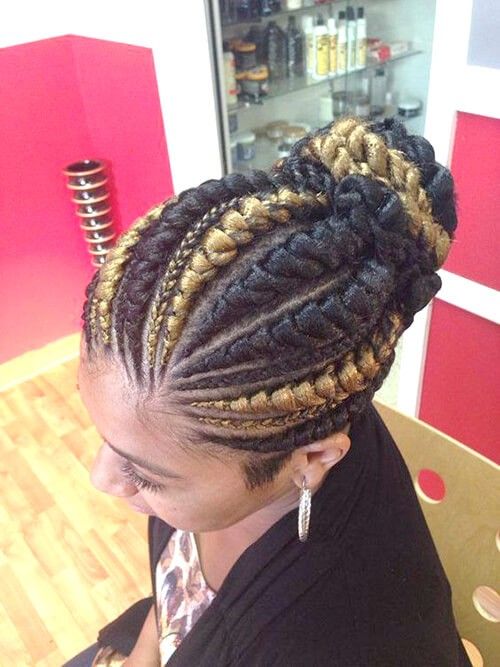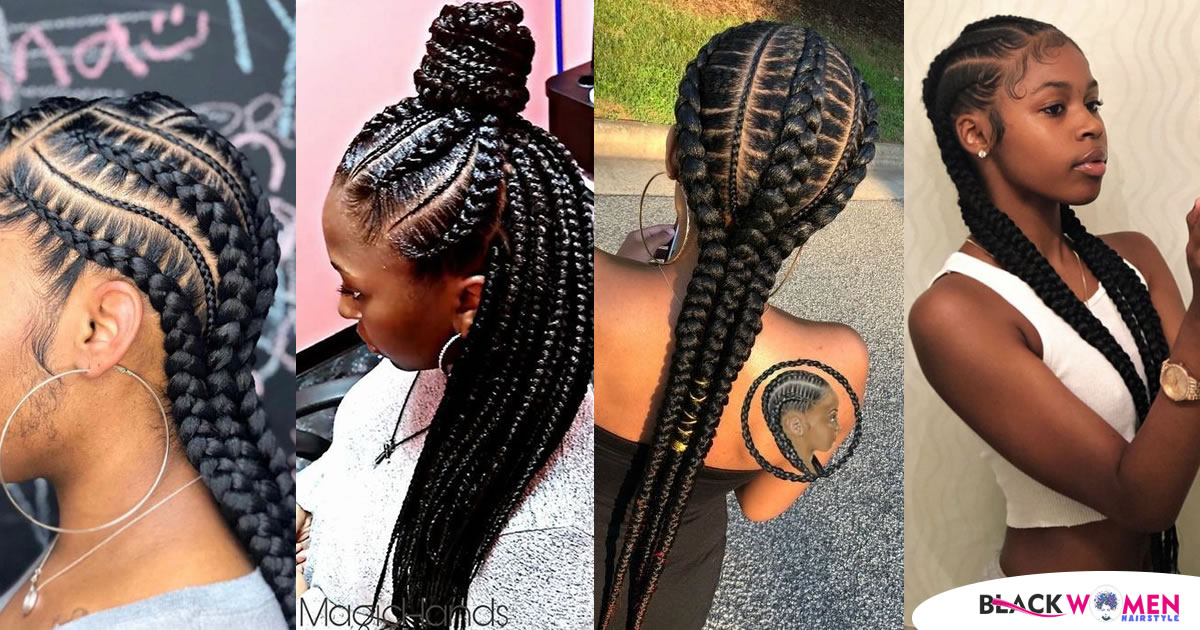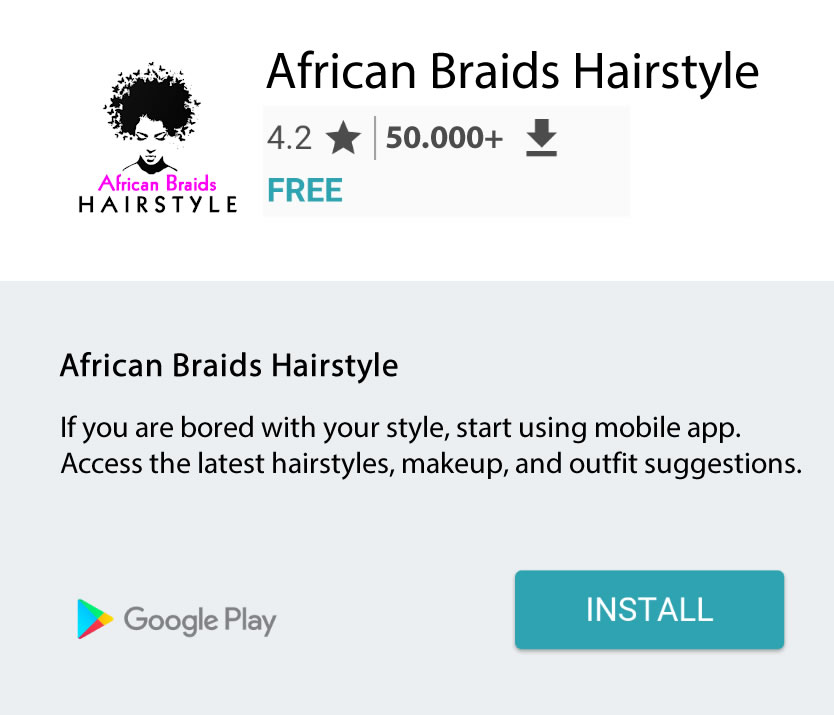You will love Ghana Braids if you love defensive hairstyles. They are supposed to protect and help hair grow. These braids are also known as banana co
You will love Ghana Braids if you love defensive hairstyles. They are supposed to protect and help hair grow. These braids are also known as banana cornrows, Cherokee Braids, and straight backs, with countless styling choices.
There are similar Cherokee Braids and cornrows, but they have an important distinction. The difference is that the braids need extensions to be inserted to make the braids thicker.

Where did the Braids of Ghana originate?
In Africa, Ghana Braids were favored in 500 B.C. Yeah, it’s one of the oldest styles of hair and it holds a lot of tradition. Initially, these braids were done to offer a sense of honor and class. At the back of the head of the Sphinx, you will see these braids.
They would get a more intricate version of these braids when the masters wanted to straighten the slaves’ hair. To show their opposition, the slaves did this act.
Banana cornrows were popular also at the time of the Middle Passage.



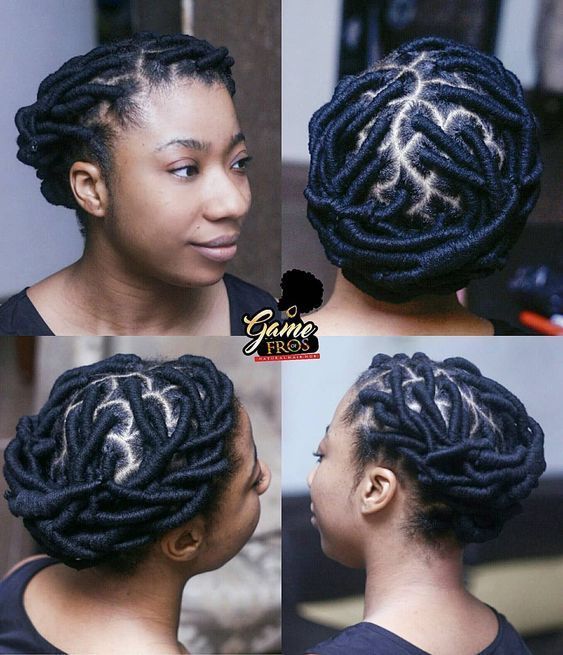





How are the Ghanaian braids doing?
1. You’re going to have to wash your hair and then apply a moisturizing cream. Make sure you have tangle-free hair.
2. Use the end of the rat tail comb to segment your hair.
3. Divide this segment of the corner into three strands. By adding more hair from the sides, you can braid each part of each strand.
4. In the center of the strand, add your folded hair extension and blend with the left and right strands.
5. You can braid further and then apply the extensions to a thicker version. Continue to repeat this until your braids meet your neck’s nape.
6. Depending on the hair length you like you can begin braiding. When you have reached the target length, cut off the extensions.
7. Dip your braids in hot water until you are finished. You’re going to protect them then.
8. Tame your flyaways by using control cream.







